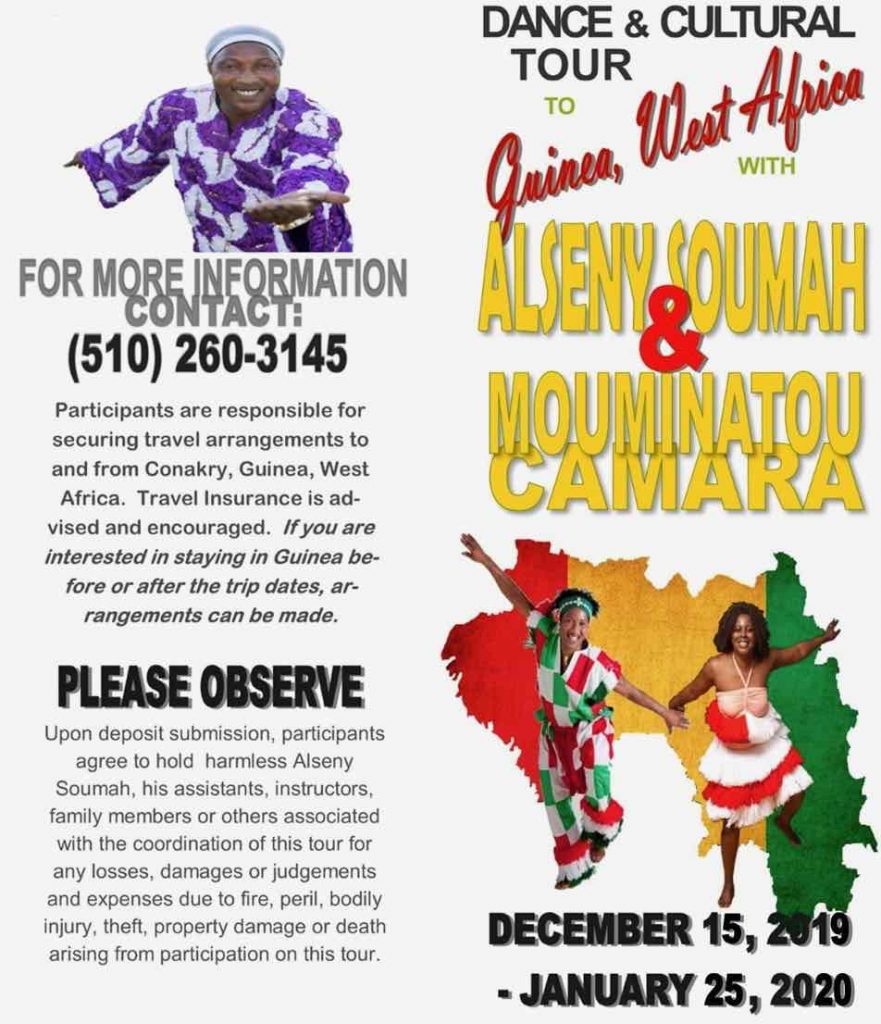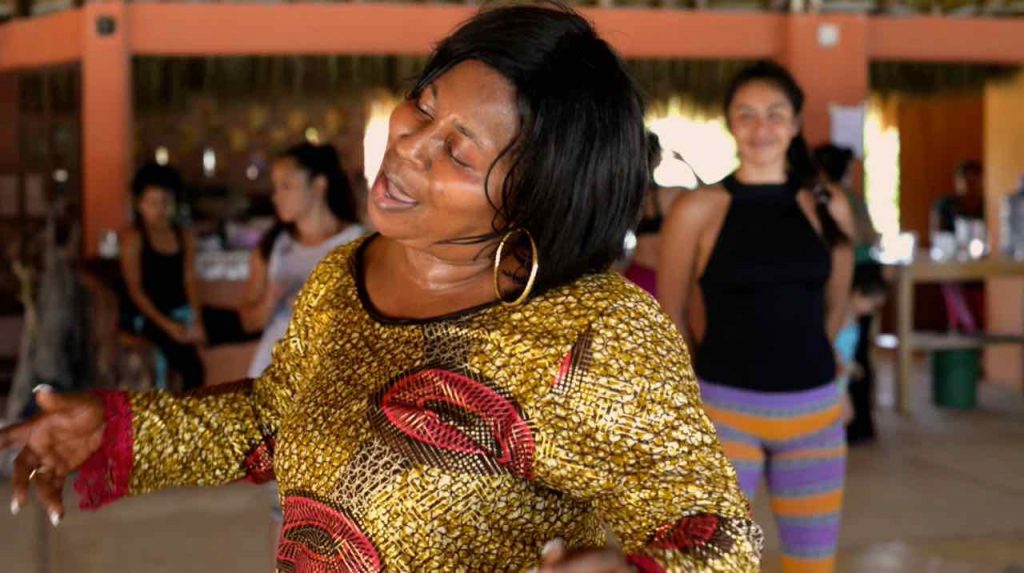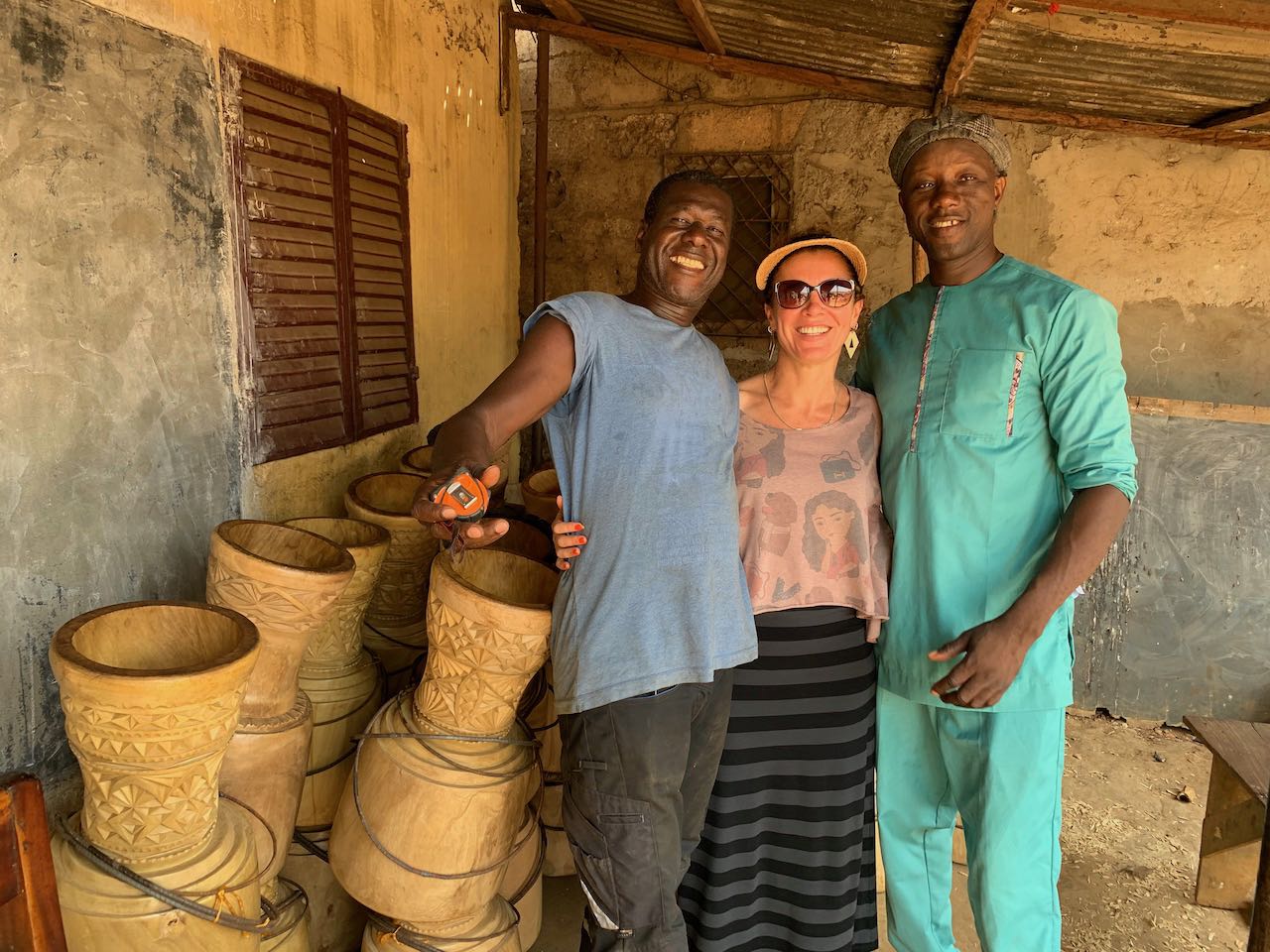Mouminatou Camara is our guest artist for Camp Samatou this year, and a highly renowned teacher and performer. We are very lucky to have her join us.
Here she tells us something of her life and history as a dancer.
Hello Mouminatou. Where are you from originally?
I was born and grew up in Conakry, Guinea. Now I live in New York, but spend a lot of my life travelling. I am from the Fula ethnic group.
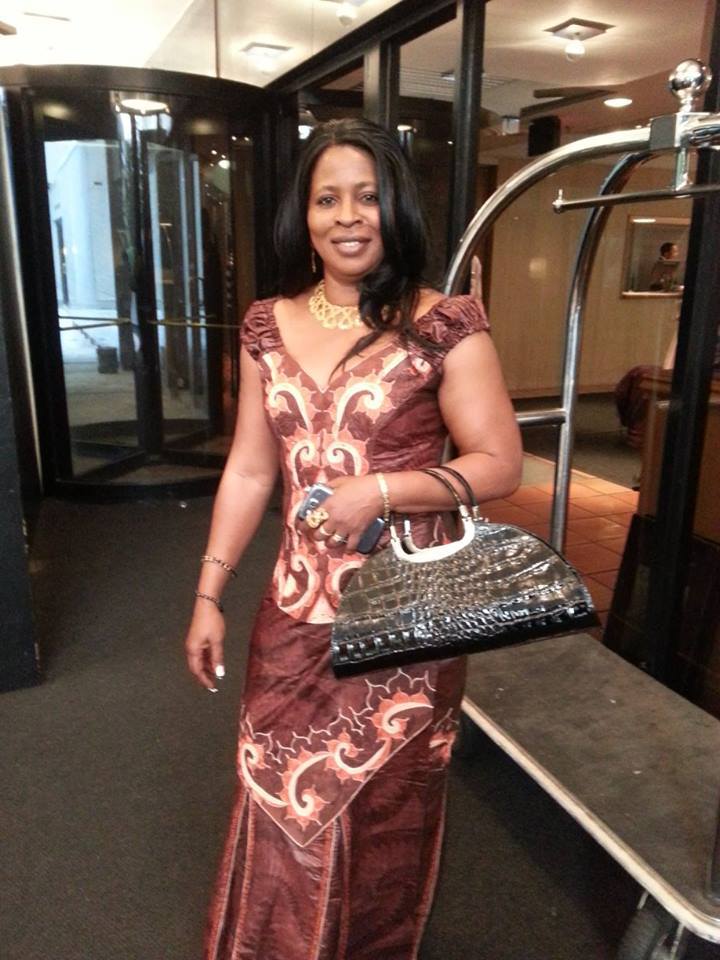
Is your family involved in the arts?
No – nobody else in my family is involved in drumming or dance. Actually, most of my family were not supportive when I started to dance as they thought there was no future in it. The only person who supported me was my grandmother. I loved dance too much.
How did you start dancing?
When I was young I always enjoyed dancing in the traditional setting. At various events – weddings, baby showers – the children would drum and dance in the early evening before the adults came and celebrated into the night. I used to spend lots of time dancing at those events when I was around 7 or 8 years old. That’s how it all started.
When I was around 10 years old I was part of a school competition for dancers. We won the competition between the schools and then went on to compete for our city. We performed at a big festival in Conakry.
After this I was always working for dance companies. At the age of 16 I worked for the military, with their dance ensemble. By age 20 I was dancing with Ballet Djoliba, at the same time as Mamady Keita.
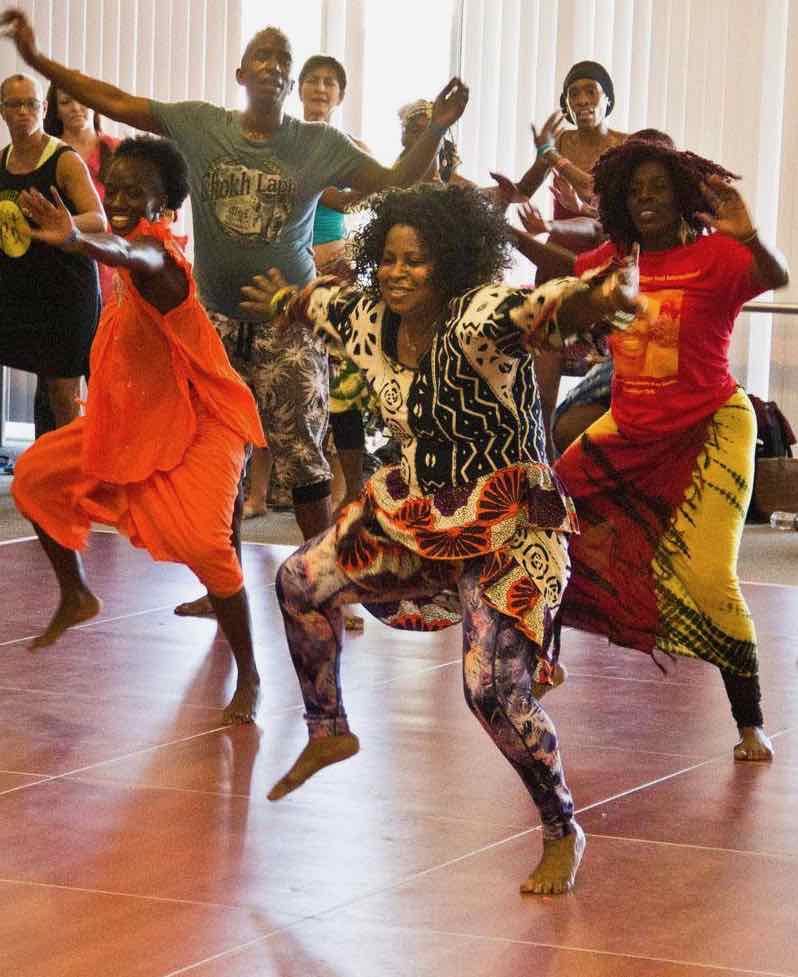
Mouminatou teaching a dance class in the US
Why did you move to America?
After I had been dancing with Ballet Djoliba I joined Les Ballets Africains. I was lead dancer with this group for around a decade. At one point 35 of Guinea’s best dancers were selected to go on a grand world tour (including a visit to Australia). At the end of our work, the company offered us a one-month vacation in a country of our choice and I chose USA. In New York I was sponsored by a dance company and I decided to stay.
You have worked as a dancer for a very long time. How has the industry changed over the years?
African dance is becoming more and more popular all over the world. Now more people are dancing in every country. Even in China, people are studying African dance.
It is good to see people enjoying dance, but they are often mixing styles, and they don’t know the stories behind the rhythms and dances. I also love to dance Sabar (from Senegal) and dance from Ivory Coast, Mali and the Congo but I won’t teach these styles because I don’t know the history of the dance.
How does the learning style in Africa compare to learning African dance in other countries?
In Guinea we used to train every weekday from 8am to 4pm. It was disciplined and hard work. When I teach workshops in other countries, they will go for 1 or 1.5 hours. It is a very different experience.
What is your advice for people wanting to study African dance?
The best thing to do is to go to Africa and learn from the masters, watch the way African people train and learn as much as you can about the stories behind the dance.
I run a tour to Guinea each year in December/January. You are welcome to join us.
If you would like to learn more about Mouminatou’s tour, you can contact her on Facebook, or call the number below.
